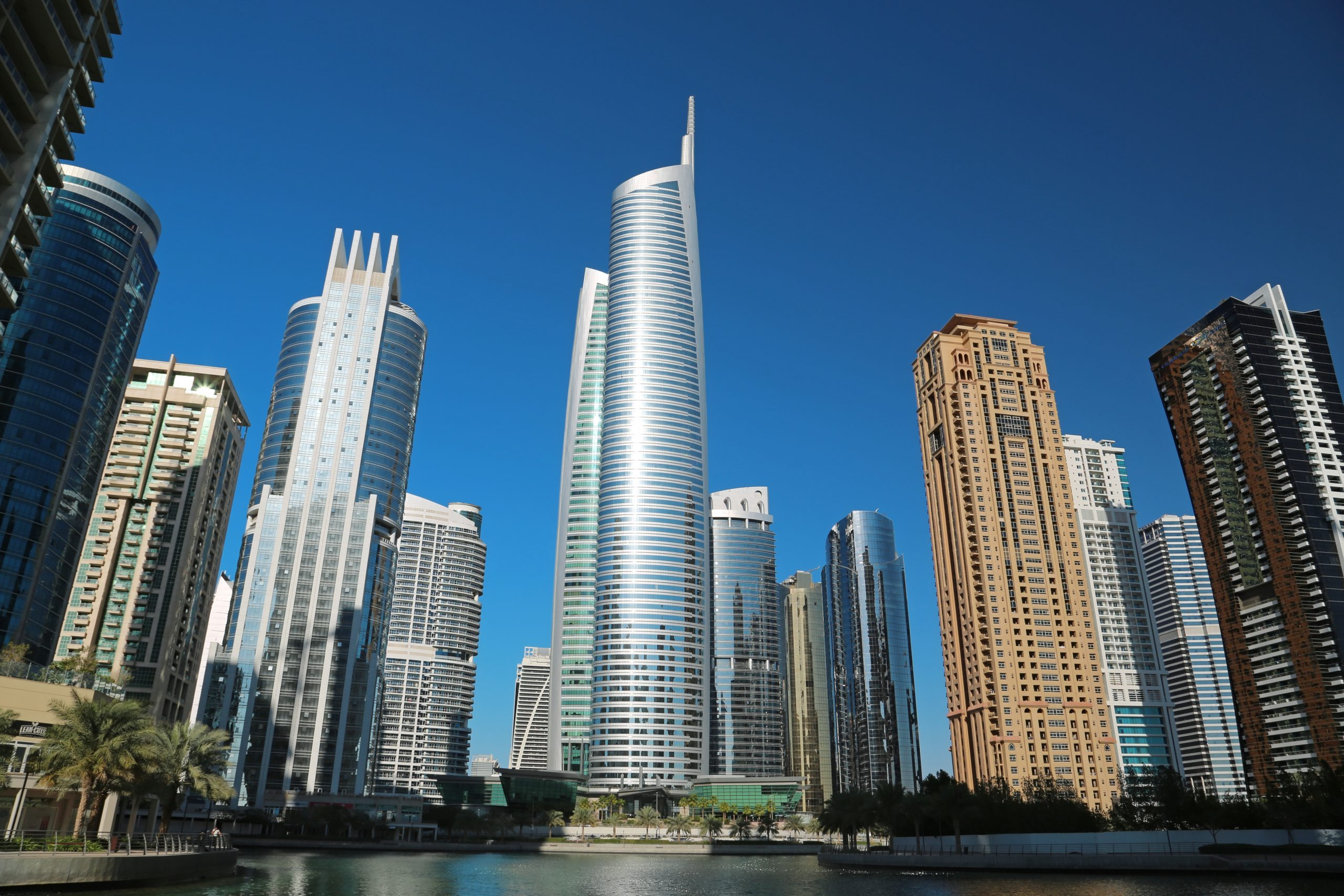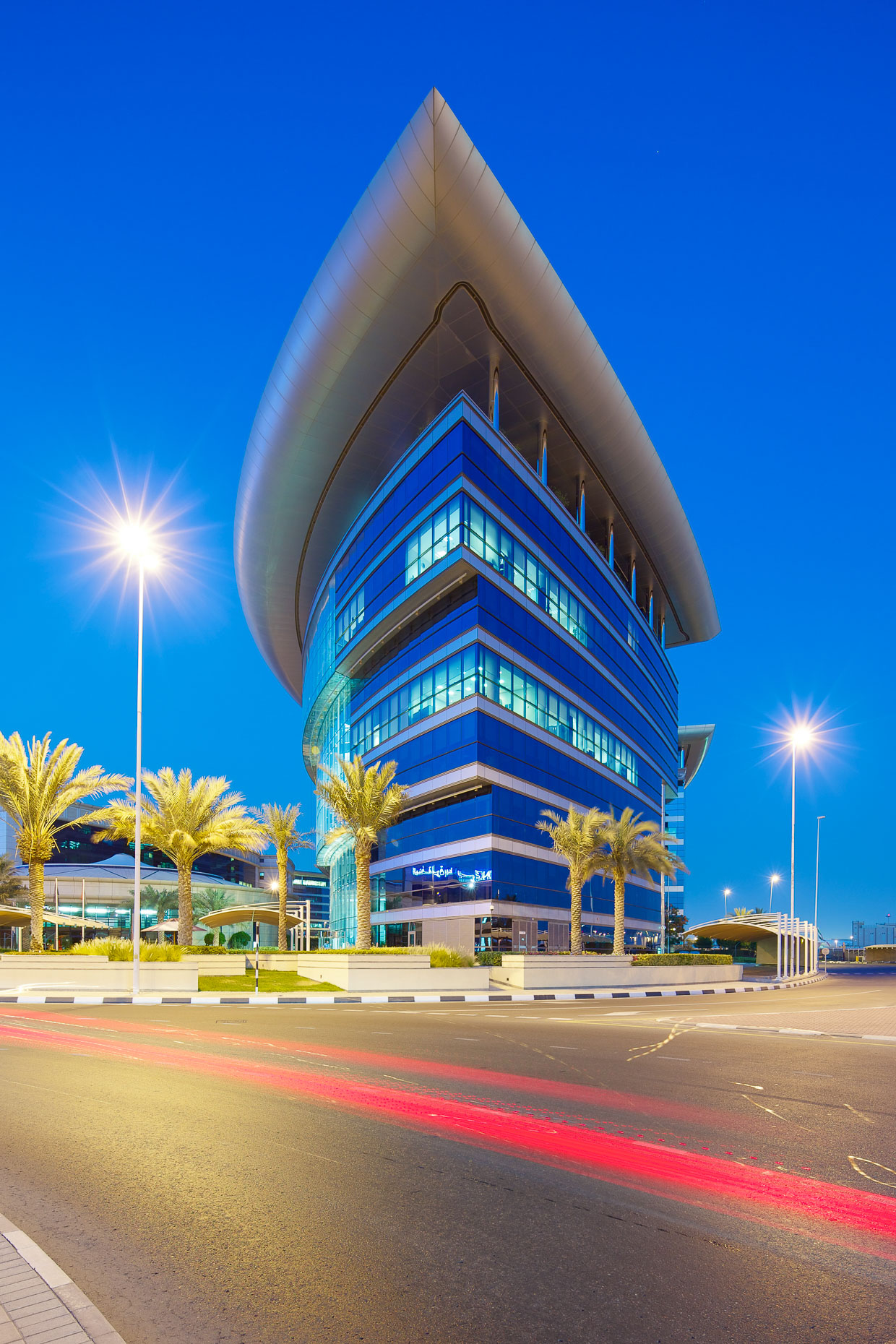UAE Free Zones’ Impact on Economic Landscape
By Hafsa Qadeer

The UAE has long been a global leader in economic innovation and diversification. Among its most successful strategies has been the establishment of free zones, specialized business hubs that have transformed the nation from an oil-dependent economy into a diversified powerhouse of trade, logistics, technology, and services. Today, these zones are not just important contributors; they are central to the UAE’s economic identity and global standing.
Driving Employment and Talent Development
Free zones are one of the largest generators of employment in the UAE. Together, they host more than 60,000 companies and employ over 750,000 people, according to recent estimates. These zones attract both foreign talent and create pathways for Emiratis, aligning with long-term national workforce goals such as Emiratization. Major multinationals like Microsoft, Nestlé, Oracle, and Unilever have chosen UAE free zones as their base, offering residents access to high-paying, knowledge-based jobs.
Unlike many free zones worldwide that focus narrowly on low-cost manufacturing, UAE zones emphasize skill development and innovation. Professionals gain international exposure and advanced training, which helps build a resilient, future-ready talent pool.

Attracting Global Investment
Over 40% of the UAE’s foreign direct investment (FDI) flows through free zones, according to the Ministry of Economy. This level of contribution is significantly higher than in many competing markets. For example, while free zones in countries like Malaysia or the Philippines capture between 15–25% of FDI, UAE zones have become magnets for global investors by offering stability, transparency, and regulatory ease.
The result is not only capital inflows but also a surge in local service demand, construction, logistics, finance, and education, creating a ripple effect across the wider economy.
Fueling Economic Diversification
The volatility of oil markets pushed the UAE to diversify decades ago, and free zones have been the cornerstone of this shift. Today, non-oil sectors contribute more than 70% of the UAE’s GDP, with free zones leading in industries like trade, media, healthcare, and technology.
Examples include:
- DMCC (Dubai Multi Commodities Centre): The world’s top free zone for nine consecutive years, driving global trade in gold, diamonds, and precious metals.
- Dubai Silicon Oasis: A hub for over 1,000 tech firms, fueling the UAE’s digital economy.
- Abu Dhabi Global Market (ADGM): A rising financial center ranked among the world’s leading international finance hubs.
By comparison, many global free zones, such as those in Latin America, remain highly concentrated in manufacturing or re-export. The UAE’s diversified approach makes it far less vulnerable to global market shocks.
Expanding Global Trade Reach
The UAE’s location between Asia, Africa, and Europe has always been strategic, but free zones have elevated this advantage into a world-class logistics ecosystem. Jebel Ali Free Zone (JAFZA) alone handles more than $100 billion in trade annually and contributes nearly 24% of Dubai’s FDI inflows.
Globally, free zones like Panama’s Colón Free Zone or Singapore’s Jurong Island are highly specialized. Yet the UAE outperforms many by offering multi-industry connectivity, integrated with state-of-the-art seaports, airports, and roads. Post-COVID, this reliability positioned the UAE as a vital link in global supply chains, connecting businesses to over two billion consumers across the Middle East, Africa, and South Asia.
Supporting SMEs and Startups
While free zones attract Fortune 500 companies, they are also vital for small businesses and entrepreneurs. Zones like RAKEZ and Sharjah Media City (Shams) provide affordable licensing packages, shared office spaces, and accelerators tailored for startups. The introduction of e-commerce and freelance permits has empowered young entrepreneurs, freelancers, and content creators to scale their ventures.
Compared to free zones in Europe or the Americas, where setup costs are higher and regulations more complex, UAE zones offer faster registration, lower entry costs, and startup-focused support ecosystems, making them particularly appealing to SMEs.
Challenges and the Road Ahead
Competition among free zones within the UAE can create overlap, and renewal fees remain a concern for smaller businesses. Moreover, as the UAE has recently allowed 100% foreign ownership on the mainland, free zones must continue to innovate.
Globally, free zones are increasingly being measured against digital transformation and ESG (environmental, social, and governance) benchmarks. The UAE is already ahead in this regard, with initiatives such as Dubai CommerCity for e-commerce and green-focused projects like Masdar City in Abu Dhabi, setting global standards.
In less than four decades, the UAE’s free zones have rewritten the country’s economic story. They have attracted billions in investment, generated hundreds of thousands of jobs, and created a diversified economic structure admired worldwide. Unlike many international free zones that serve a narrow purpose, the UAE model integrates global trade, innovation, and workforce development.
As the global economy evolves, UAE free zones are poised to remain not just relevant but exemplary offering a blueprint for how nations can transform location into strategy, and strategy into sustainable prosperity.
